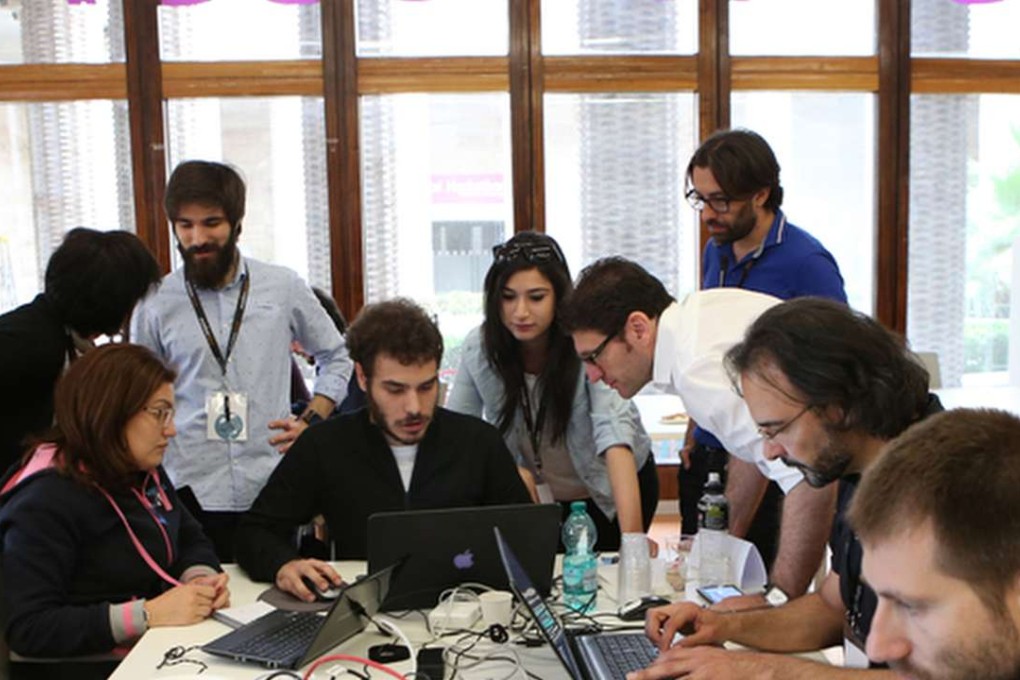Managers must address multi- generational issues to retain top talent
Workplace dynamics set to change sharply as generation X joins upper management, millennials move up the leadership track and centennials start working

As the high schoolers who constitute Generation Z prepare for their year-end examinations, they may be unaware of the concern they are causing in boardrooms across the globe. CEOs are questioning human resources (HR) departments on their “Gen Z readiness” – how prepared their companies are to start attracting, managing and retaining this new generation that is poised to enter the workforce in a few short years.
What makes the challenge more daunting is that they will be joining three, perhaps even four, other generations in the workforce: Gen Y or millennials, Gen X, Baby Boomers and Traditionalists.

How different are the generations really? And how will companies integrate their differing needs, motivations and work styles? As Generation X settles into the C-suite or upper echelon of management, millennials move up the leadership track, and the centennials get ready to join the workforce, workplace dynamics will change significantly – is the workplace ready?
The INSEAD Emerging Markets Institute, Universum, the MIT Leadership Centre and HEAD Foundation have recently collaborated on a study covering over 18,000 people across 19 countries, from the three younger generations, Gen Z (students born between 1996 to 2002), Gen Y (students and professionals born between 1984 to 1996) and Gen X (professionals born between 1965 and 1983) with the aim to understand whether generational differences are real and the impact they will have.
Like all other aspects of diversity, generational diversity will bring different ideas and perspectives into the office. Companies can recognise this and prepare to take advantage or ignore the generational tension completely and risk being unpleasantly surprised.